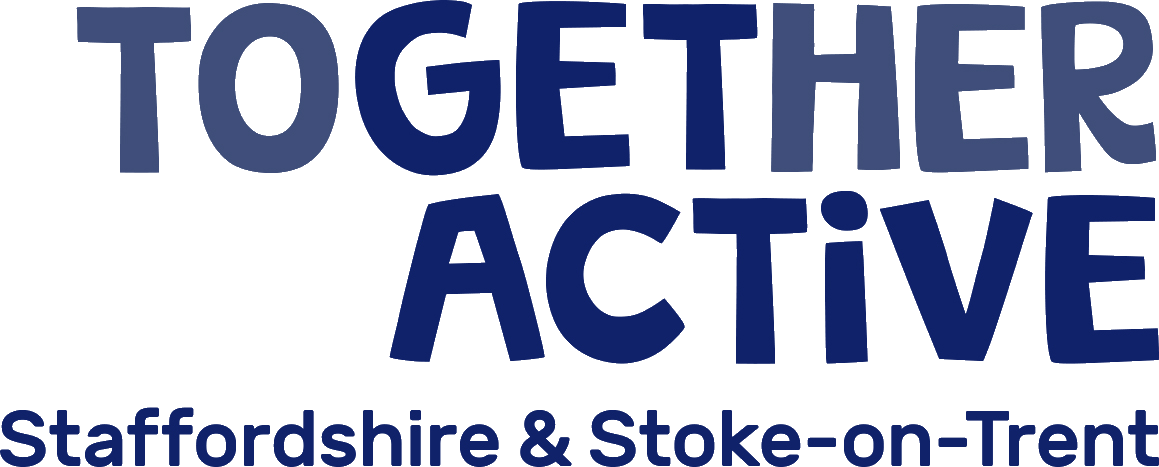Sport England Update – May 2016
New strategy to tackle inactivity
We’ll spend £250 million to combat inactivity as part of five-year strategy. More than one in four people in England (28 per cent) do less than 30 minutes of physical activity a week. But research shows that those who do the least activity stand to benefit the most, even if it’s just small changes like gentle jogging, swimming or playing rounders in the park.
As well as continuing to support people who already play sport, there will be a much greater emphasis on groups who are typically much less active such as women, disabled people and those from lower-socio-economic backgrounds.
Read the new strategy Towards an Active Nation.
The strategy will help deliver against the five health, social and economic outcomes set out in the Government’s Sporting Future strategy.
Key features of the new strategy are:
- Dedicated funding to get children and young people active from the age of five, including a new fund for family based activities and offering training to at least two teachers in every secondary school in England to help them better meet the needs of all children, irrespective of their level of sporting ability
- Working with the sport sector to put customers at the heart of everything they do, and using the principles of behaviour change to inform their work
- Piloting new ways of working locally by investing in up to 10 places in England – a mix of urban and rural areas
- Investing up to £30m in a new volunteering strategy, enabling more people to get the benefits of volunteering and attracting a new, more diverse range of volunteers
- Helping sport keep pace with the digital expectations of customers – making it as easy to book a badminton court as a hotel room
- Working closely with governing bodies of sport and others who support people who already play regularly, to help them become more efficient, sustainable and diversify their sources of funding.View the full news item
Funding simplified
We have also simplified our approach to funding, reducing the number of investment programmes from more than 20 down to seven. And we’ll introduce, new, more straightforward, application forms to help smaller organisations access funding.
Sport England Investment Programmes
Our seven investment programmes 2016-2021 are:
- Tackling inactivity – to help the 28 per cent of people in England who don’t do any sport or physical activity
- Children and young people – to work with children from the age of 5 to increase children’s basic competence and enjoyment
- Volunteering – focusing on the motivations and needs of the volunteers so that volunteering in sport attracts more people from a wider range of backgrounds
- Taking sport and activity into the mass market – focusing on the sports and activities that have mass appeal and can get large numbers of people active
- Supporting sport’s core markets (including talented athletes) – supporting those who already have a strong affinity for sport in a more efficient and sustainable way
- Local delivery – exploring new ways of working locally by investing in up to 10 specific areas to pilot new, more joined up approaches to getting people active
- Creating welcoming sports facilities – with a new Community Asset Fund, and continuing its successful Strategic Facilities Fund, prioritising multi-sport facilities and, wherever possible, co-locating them with other local services.
Facilities: Design Guidance – Clubhouses
The new Clubhouse facility information is divided into four documents covering: Project management; Design; Refurbishment and Sustainability. The documents are supported by films that take a virtual walk through a new and refurbished clubhouse and highlight some of the basic design ideas that will help you to make the best of your facility. Access all the information


